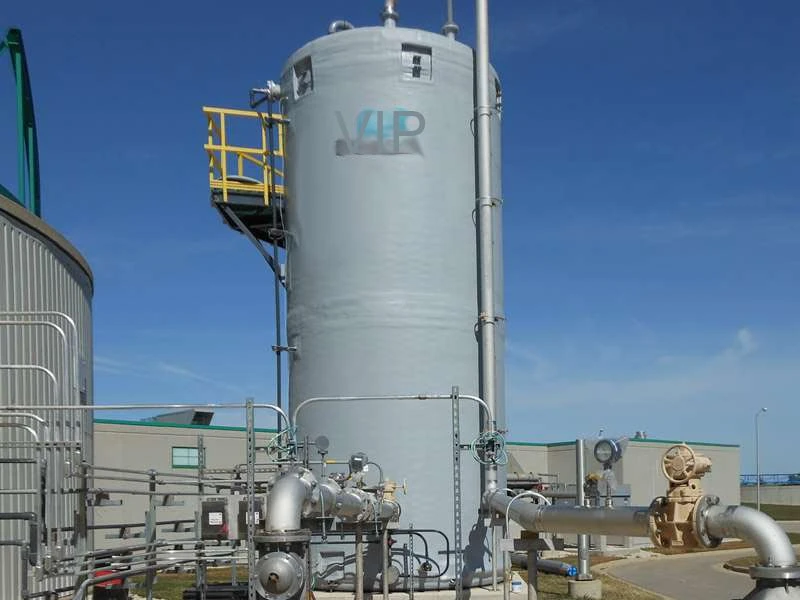
-
 Afrikaans
Afrikaans -
 Albanian
Albanian -
 Amharic
Amharic -
 Arabic
Arabic -
 Armenian
Armenian -
 Azerbaijani
Azerbaijani -
 Basque
Basque -
 Belarusian
Belarusian -
 Bengali
Bengali -
 Bosnian
Bosnian -
 Bulgarian
Bulgarian -
 Catalan
Catalan -
 Cebuano
Cebuano -
 China
China -
 China (Taiwan)
China (Taiwan) -
 Corsican
Corsican -
 Croatian
Croatian -
 Czech
Czech -
 Danish
Danish -
 Dutch
Dutch -
 English
English -
 Esperanto
Esperanto -
 Estonian
Estonian -
 Finnish
Finnish -
 French
French -
 Frisian
Frisian -
 Galician
Galician -
 Georgian
Georgian -
 German
German -
 Greek
Greek -
 Gujarati
Gujarati -
 Haitian Creole
Haitian Creole -
 hausa
hausa -
 hawaiian
hawaiian -
 Hebrew
Hebrew -
 Hindi
Hindi -
 Miao
Miao -
 Hungarian
Hungarian -
 Icelandic
Icelandic -
 igbo
igbo -
 Indonesian
Indonesian -
 irish
irish -
 Italian
Italian -
 Japanese
Japanese -
 Javanese
Javanese -
 Kannada
Kannada -
 kazakh
kazakh -
 Khmer
Khmer -
 Rwandese
Rwandese -
 Korean
Korean -
 Kurdish
Kurdish -
 Kyrgyz
Kyrgyz -
 Lao
Lao -
 Latin
Latin -
 Latvian
Latvian -
 Lithuanian
Lithuanian -
 Luxembourgish
Luxembourgish -
 Macedonian
Macedonian -
 Malgashi
Malgashi -
 Malay
Malay -
 Malayalam
Malayalam -
 Maltese
Maltese -
 Maori
Maori -
 Marathi
Marathi -
 Mongolian
Mongolian -
 Myanmar
Myanmar -
 Nepali
Nepali -
 Norwegian
Norwegian -
 Norwegian
Norwegian -
 Occitan
Occitan -
 Pashto
Pashto -
 Persian
Persian -
 Polish
Polish -
 Portuguese
Portuguese -
 Punjabi
Punjabi -
 Romanian
Romanian -
 Russian
Russian -
 Samoan
Samoan -
 Scottish Gaelic
Scottish Gaelic -
 Serbian
Serbian -
 Sesotho
Sesotho -
 Shona
Shona -
 Sindhi
Sindhi -
 Sinhala
Sinhala -
 Slovak
Slovak -
 Slovenian
Slovenian -
 Somali
Somali -
 Spanish
Spanish -
 Sundanese
Sundanese -
 Swahili
Swahili -
 Swedish
Swedish -
 Tagalog
Tagalog -
 Tajik
Tajik -
 Tamil
Tamil -
 Tatar
Tatar -
 Telugu
Telugu -
 Thai
Thai -
 Turkish
Turkish -
 Turkmen
Turkmen -
 Ukrainian
Ukrainian -
 Urdu
Urdu -
 Uighur
Uighur -
 Uzbek
Uzbek -
 Vietnamese
Vietnamese -
 Welsh
Welsh -
 Bantu
Bantu -
 Yiddish
Yiddish -
 Yoruba
Yoruba -
 Zulu
Zulu
grp car body
The Evolution of GRP in Car Body Manufacturing
In the ever-evolving landscape of automotive design and engineering, the use of Glass Reinforced Plastic (GRP) has emerged as a game-changing material in car body manufacturing. GRP, also known as fiberglass reinforced plastic, combines glass fibers with a resin matrix to create a lightweight yet incredibly strong material. Its unique properties have made it a popular choice among manufacturers looking to enhance performance, reduce weight, and improve fuel efficiency in vehicles.
The Evolution of GRP in Car Body Manufacturing
Moreover, GRP is highly resistant to corrosion and environmental damage. Unlike metal bodies, which can suffer from rust and wear over time, GRP maintains its integrity and appearance even in harsh weather conditions. This durability translates into lower maintenance costs and longer lifespans for vehicles, making GRP an economically viable choice for both manufacturers and consumers.
grp car body

The versatility of GRP in design is another factor contributing to its growing popularity. The material can be easily molded into complex shapes, allowing manufacturers to create innovative and aerodynamic vehicle designs that were once difficult to achieve with traditional materials. This flexibility in design not only enhances aesthetics but also improves the aerodynamic efficiency of vehicles, further contributing to fuel economy.
As technology advances, the manufacturing processes associated with GRP have also seen significant improvement. Techniques such as resin transfer molding and vacuum infusion allow for more efficient production methods, reducing waste and improving the overall quality of the finished product. These advancements make GRP a competitive alternative to traditional materials in the automotive industry.
In conclusion, the use of Glass Reinforced Plastic in car body manufacturing represents a significant shift toward more efficient and sustainable automotive design. With its lightweight properties, resistance to corrosion, design versatility, and advancements in manufacturing processes, GRP is poised to play a crucial role in the future of the automotive industry. As manufacturers continue to innovate and explore new possibilities, the full potential of GRP in car body applications is only beginning to be realized. The culmination of performance, durability, and design flexibility positions GRP as a material of choice for the next generation of vehicles, driving the automotive industry towards a more sustainable future.
Latest news
-
Exploring the Benefits of Top Hammer Drifter Rods for Enhanced Drilling PerformanceNewsJun.10,2025
-
High-Precision Fiberglass Winding Machine for GRP/FRP Pipe Production – Reliable & Efficient SolutionsNewsJun.10,2025
-
FRP Pipes & Fittings for Shipbuilding - Corrosion-Resistant & LightweightNewsJun.09,2025
-
Premium FRP Flooring Solutions Durable & Slip-ResistantNewsJun.09,2025
-
Premium Fiberglass Rectangular Tanks Durable & Lightweight SolutionNewsJun.09,2025
-
Tapered Drill String Design Guide Durable Performance & UsesNewsJun.09,2025









